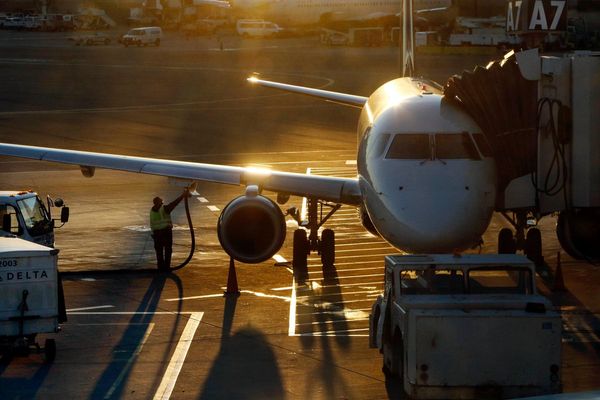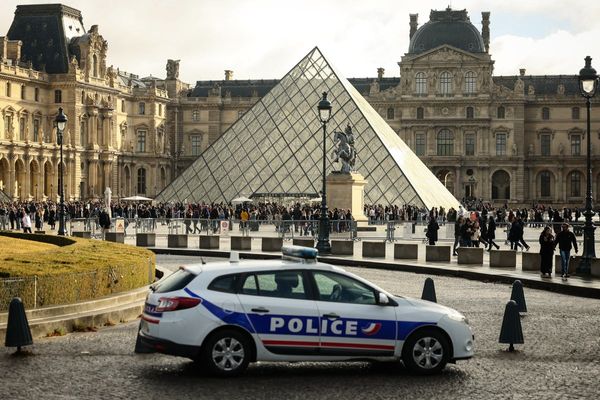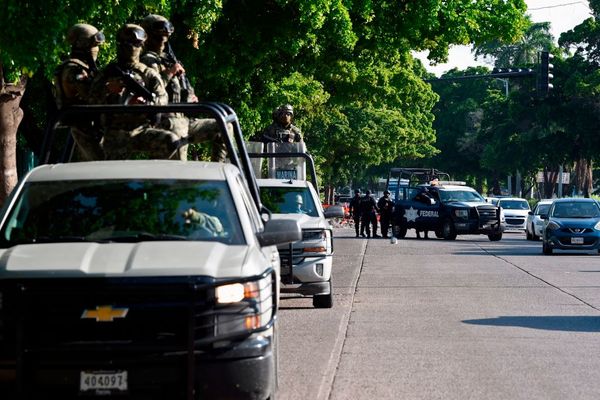THE volcanic landscape that formed the Inner Hebrides once rivalled the explosive volcano hotspot of modern-day Hawaii, scientists have discovered.
In an “extraordinarily significant find,” geologists from the University of Aberdeen have been able to settle a scientific debate dating back more than a century after discovering that the cracks in the Earth, called volcanic fissures, helped create much of the Inner Hebrides.
Dr Jessica Pugsley, who led the project, said the team “stumbled across” the seismic find on Mull and that uncovering this type of fossilised fissure was “incredibly rare — there are very few in the entire world that have been found”.
Scientists have long understood that islands such as Skye, Mull, Eigg, Canna and Staffa as well as parts of the mainland were formed from lava flows.
However, they have not been able to agree on the way the lava came to the surface with the debate originating more than 100 years ago.
Dr Pugsley (below), from the University of Aberdeen, said: “For over 100 years, scientists have debated whether the lava flows on Skye and Mull came from a single volcano or from many fissures like those we see in Iceland and Hawaii today.

“Finding a preserved fissure is a bit like discovering a dinosaur fossil with skin - it tells us far more than lava alone can.
“Typically, a very small fraction of a lava field contains these fissures, so it’s an extraordinarily significant find.”
In contrast to the calm, picturesque scenery of today, 60 million years ago, the west coast of Scotland was erupting with lava fountains and other volcanic events.
The research, published in the Journal of the Geological Society, has been described as the strongest evidence yet that some of the islands emerged not from a single large volcano, but from a network of erupting fissures, such as those found in Hawaii and Iceland.
The subject has been studied by many geologists over the past 200 years, but the team is the first to find physical proof corroborating the theory.
Scientists from the university, for the first time, uncovered evidence of an ancient volcanic fissure that caused lava to flow into the surrounding landscape.
The site, a 5km-long stretch near Calgary Bay on the Isle of Mull, revealed preserved deposits from one of these fissures, where magma once erupted in spectacular displays.
Dr Pugsley said: “We stumbled across it. I was mapping the area to better understand how the lava flows formed, during my PhD. We subsequently went back and looked at it a bit closer.
“You don’t expect to find a fissure. That realisation when you realise what you’re actually looking at — it was a fantastic moment.
“It was a volcanologist’s dream in some way.”

The volcanic activity occurred as the Atlantic Ocean began to form, ripping apart ancient land and allowing magma to surge through the crust, the geologists explained.
This zone of volcanic remnants, called the British Paleogene Volcanic Province, reaches from the west of Scotland to parts of Northern Ireland.
It includes the Giant’s Causeway, and the Inner Hebrides, and is recognised as the epicentre of volcanic activity in the province.
The preserved fissure, found by the Aberdeen team through fieldwork aided by 3D drone modelling technology, showed exactly where lava once fountained out of the Earth, before being buried by later eruptions and finally revealed by millions of years of erosion.
The British Paleogene Volcanic Province forms part of the wider North Atlantic Igneous Superprovince, which stretches to Greenland and also includes volcanoes in modern-day Iceland.
“To be able to stand and walk on a feature that played such a key role in shaping Scotland’s geography - and to realise it erupted like Iceland and Hawaii’s volcanoes do today - is pretty incredible,” Dr Pugsley said.







